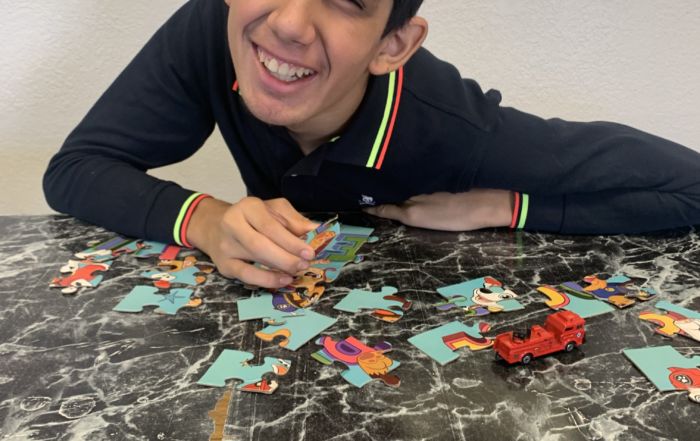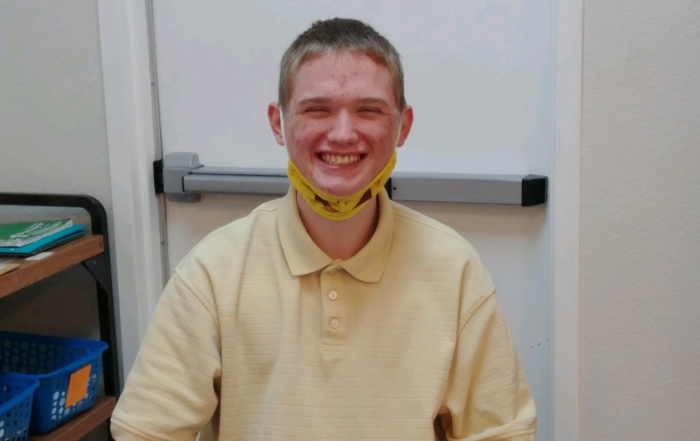The SESI Approach
We exist to make student success happen. Our trusted partnerships with school districts, intensive support of students, and engagement with families enable improved academics, application of positive behaviors, and seamless transition in using life skills beyond the classroom. We serve students with a broad range of academic, behavioral, and social-emotional learning needs, providing the support, education, and tools they need to achieve success and enjoy rewarding futures.
Students
- Find the structure, support, and personal attention they need
- Become engaged with school, the goals of transition or graduation
Districts
- Employ cost-effective solutions with safe, structured learning environments either in your own district building or in our standalone schools
- Experience a major reduction in disruptive classroom behavior
Families
- Witness transformation in the child’s behavior, academics, and social skills
- Experience consistent progress-related communication with teachers and staff
Programs Created Just for You and Your Students
To address students’ intensive needs, we offer special education and alternative education programs that can be delivered through our growing network of more than 95 private day schools and over 90 in-district classrooms across the country.
What We Do
Where We Do It
Our Success Stories
Our students achieve victories daily. From learning communication, coping skills, and positive behaviors to improved academics and career path preparation, each student has a success story.
Derek’s Story
Angel’s Story
To celebrate student success, special education and alternative education schools and classrooms recognize a student each month for achievements in the classroom or community.
Hear from families in our featured stories – and see how the victories their children experience in school translate to victories at home.
















